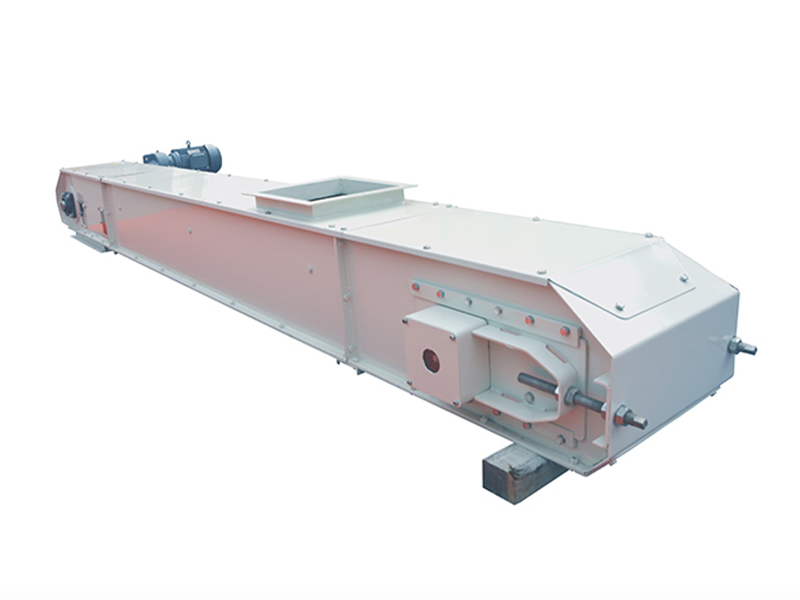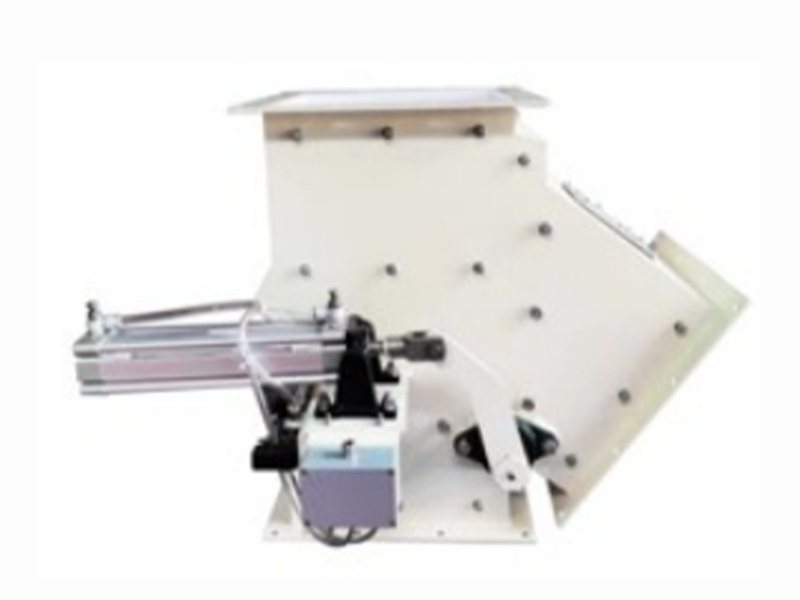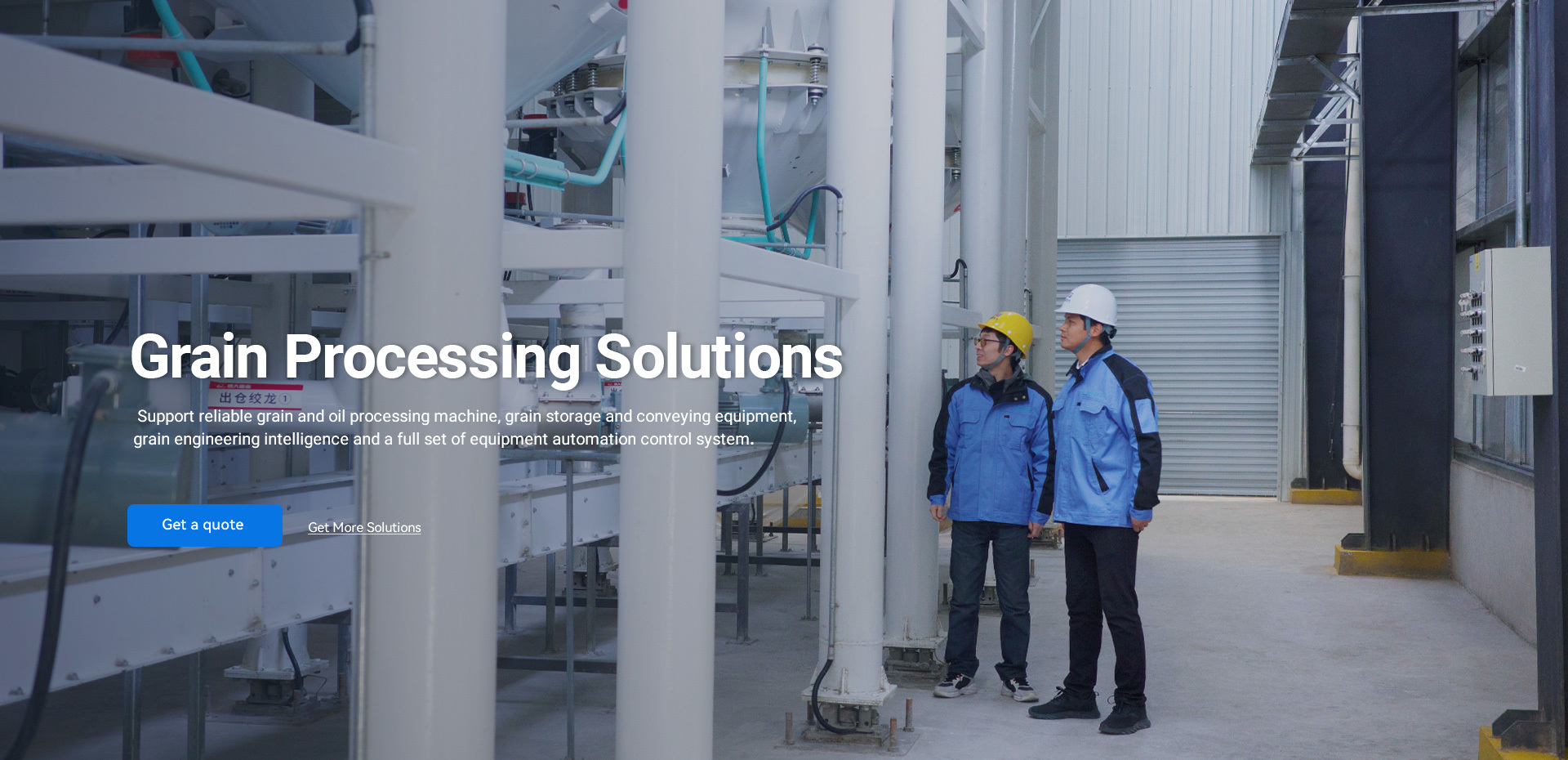Recent Posts
Understanding the Benefits and Applications of Filler Feeding Systems in Agriculture
Release time:
Jul 04,2025
Filler feeding systems are essential components in modern agricultural machinery that play a crucial role in optimizing feeding processes. These systems are designed to efficiently distribute feed materials to livestock, ensuring that animals receive the appropriate amounts of nutrients and minimizing waste. By automating the feeding process, filler feeding systems contribute to increased producti
Filler feeding systems are essential components in modern agricultural machinery that play a crucial role in optimizing feeding processes. These systems are designed to efficiently distribute feed materials to livestock, ensuring that animals receive the appropriate amounts of nutrients and minimizing waste. By automating the feeding process, filler feeding systems contribute to increased productivity and labor efficiency on farms.
One of the primary advantages of using a filler feeding system is its ability to maintain a consistent and precise feed supply. This system can be programmed to deliver specific quantities of feed at predetermined intervals, ensuring that livestock are fed regularly and appropriately. This consistency not only promotes better animal health but also enhances growth rates and overall productivity.
Filler feeding systems also reduce the labor burden on farm operators. Traditional feeding methods often require significant manual effort, leading to time-consuming processes and potential errors in feed distribution. With a filler feeding system, farmers can automate much of the feeding process, allowing them to focus on other important tasks around the farm. This automation is particularly useful in large-scale operations where the volume of feed and number of animals can be overwhelming.
Moreover, filler feeding systems are highly adaptable and can be integrated into various types of agricultural setups. Whether you are managing a dairy farm, poultry operation, or a mixed livestock facility, these systems can be tailored to meet the specific needs of your operation. Many modern filler feeding systems are equipped with advanced technology that enables real-time monitoring and data collection, providing farmers with valuable insights into feed usage and animal health.
The implementation of a filler feeding system can lead to significant cost savings over time. By optimizing feed distribution, farms can reduce feed waste, resulting in lower overall feed costs. Additionally, improved animal health and productivity can translate into higher profits for farmers, making the initial investment in such systems worthwhile.
In conclusion, filler feeding systems represent a significant advancement in agricultural technology. They not only streamline the feeding process but also enhance operational efficiency, animal health, and overall productivity. For professionals in the agriculture machinery sector, understanding the benefits and applications of these systems is vital for staying competitive in the evolving agricultural landscape. As the demand for efficiency and sustainability grows, filler feeding systems are poised to play an increasingly important role in the future of agriculture.
One of the primary advantages of using a filler feeding system is its ability to maintain a consistent and precise feed supply. This system can be programmed to deliver specific quantities of feed at predetermined intervals, ensuring that livestock are fed regularly and appropriately. This consistency not only promotes better animal health but also enhances growth rates and overall productivity.
Filler feeding systems also reduce the labor burden on farm operators. Traditional feeding methods often require significant manual effort, leading to time-consuming processes and potential errors in feed distribution. With a filler feeding system, farmers can automate much of the feeding process, allowing them to focus on other important tasks around the farm. This automation is particularly useful in large-scale operations where the volume of feed and number of animals can be overwhelming.
Moreover, filler feeding systems are highly adaptable and can be integrated into various types of agricultural setups. Whether you are managing a dairy farm, poultry operation, or a mixed livestock facility, these systems can be tailored to meet the specific needs of your operation. Many modern filler feeding systems are equipped with advanced technology that enables real-time monitoring and data collection, providing farmers with valuable insights into feed usage and animal health.
The implementation of a filler feeding system can lead to significant cost savings over time. By optimizing feed distribution, farms can reduce feed waste, resulting in lower overall feed costs. Additionally, improved animal health and productivity can translate into higher profits for farmers, making the initial investment in such systems worthwhile.
In conclusion, filler feeding systems represent a significant advancement in agricultural technology. They not only streamline the feeding process but also enhance operational efficiency, animal health, and overall productivity. For professionals in the agriculture machinery sector, understanding the benefits and applications of these systems is vital for staying competitive in the evolving agricultural landscape. As the demand for efficiency and sustainability grows, filler feeding systems are poised to play an increasingly important role in the future of agriculture.
keywords

HOW CAN WE HELP ?
Get In Touch With Us!
Contact Information
Fax: +86-371-23227333
E-mail: global@aomgmach.com
Production base: Zongdian Industrial Zone, Qi County, Kaifeng City
Business license




